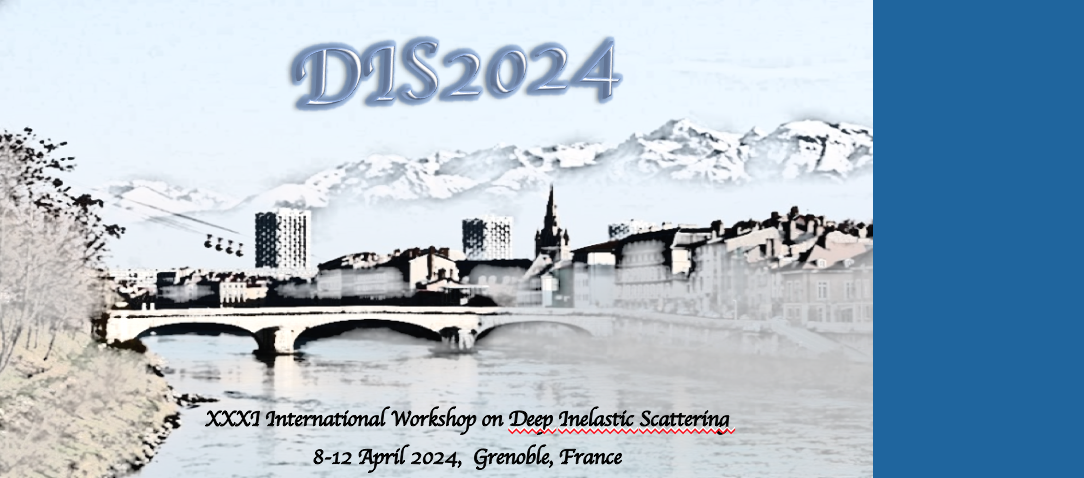Orateur
Description
The ATLAS pp physics program at the High Luminosity LHC (HL-LHC) requires precision luminosity measurement with systematic control better than 1% during operation with up to 200 simultaneous interactions per crossing. ATLAS will feature several luminosity detectors but at least one of them must be both calibratable in the van der Meer scans at low luminosity and able to maintain accuracy at the highest luminosities. LUCID-3, the upgrade of the present ATLAS luminometer (LUCID-2), will fulfill these requirements.
The LHC heavy ion community has mapped out a large range of physics measurements at the HL-LHC that will push forward our understanding of both QCD, QED and even electroweak physics that requires zero-degree calorimeters for both triggering and offline event classification. The modified geometry of the HL-LHC requires new detectors that are both thinner and much more radiation hard. A joint project between ATLAS and CMS is underway to construct calorimeters for the HL-LHC that would be used by both experiments.
This talk will present the designs for the LUCID-3 and HL-LHC ZDC detectors and discuss specific aspects of the HL-LHC geometry and radiation environment that affect the design of the detectors. For LUCID-3, two options are being studied: the first is based on photomultipliers (PMT) as for LUCID-2, while the second is based on optical fibers. Both solutions aim at reducing the acceptance of the detector to avoid the saturation of the luminosity algorithms. Results obtained from prototype detector installed in ATLAS in Run-3 are discussed. ZDCs at the LHC are typically tungsten-sampling calorimeters using quartz Cherenkov radiators. The upgraded ZDCs will use very radiation hard fused silica rods that resulted from an R&D program involving the ZDC teams, the LHC BRAN group, and private companies. The resulting design of the calorimeters and expectations for their performance will be discussed.

